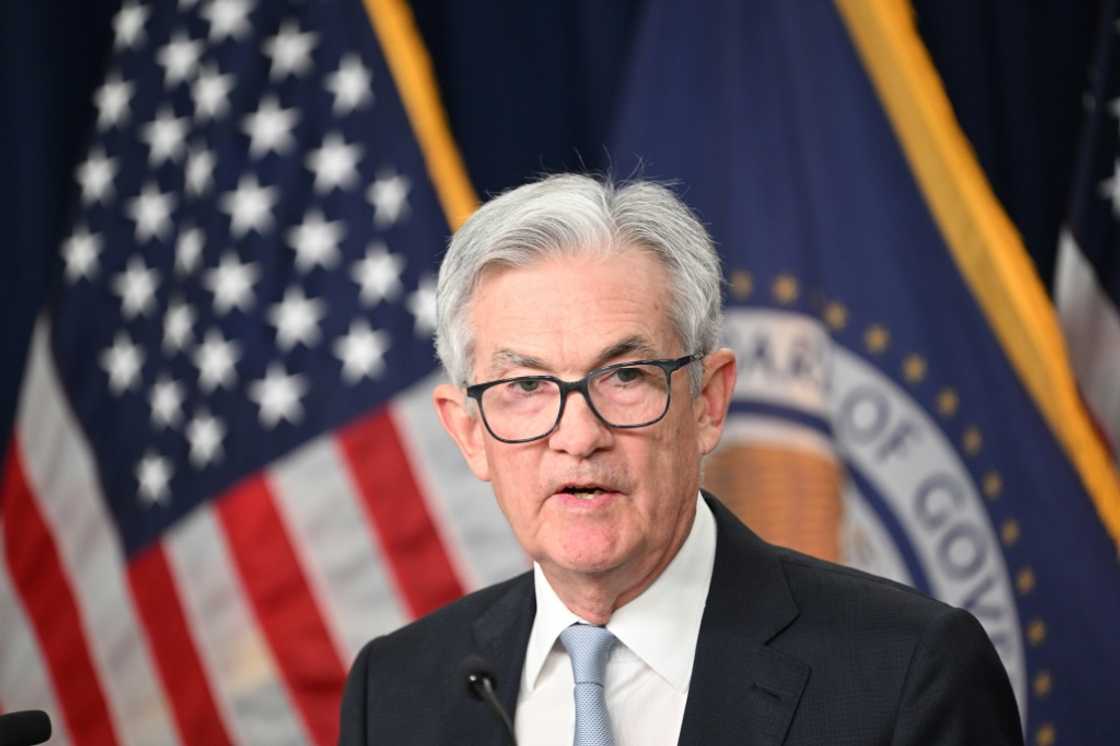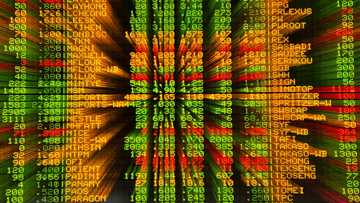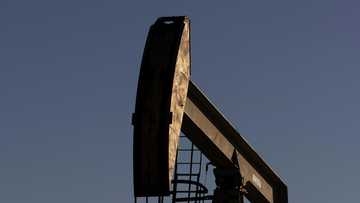US Fed poised for smaller rate hike with eye on wage growth

Source: AFP
Don't miss out! Get your daily dose of sports news straight to your phone. Join YEN's Sports News channel on WhatsApp now!
The US Federal Reserve is poised to slow its interest rate hikes next week, economists say, as central bankers' most forceful moves in decades to fight inflation ripple through the economy.
But the half-point jump analysts expect to see in the Fed's benchmark lending rate will still be a steep rise, as it struggles to cool demand in the United States to bring consumer costs down.
Households in the world's biggest economy have been contending with red-hot prices, with conditions worsened by surging food and energy costs after Russia's invasion of Ukraine.
To make borrowing more expensive, the Fed has raised interest rates six times this year, including four bumper 0.75-point increases, bringing the rate to between 3.75 percent and four percent.
"We think the stage is set for a (half-point) hike this month," said Oren Klachkin of Oxford Economics, as sectors sensitive to interest rates like housing reel and inflation shows signs of easing.
The decision will be announced after a two-day meeting of the policy-setting Federal Open Market Committee (FOMC) starting Tuesday.
PAY ATTENTION: Сheck out news that is picked exactly for YOU ➡️ find “Recommended for you” block on the home page and enjoy!
Policy makers are keeping a close eye on wage growth, given concerns that higher salaries will add to inflation pressures.
"The primary concern for the Fed here is really wage growth," said Martin Wurm of Moody's Analytics, adding that the Fed is unlikely to ease policy until there is consistent development on this front.
"That doesn’t necessarily mean it's going to keep hiking forever, but it does mean that the rate will increase for a little bit and... stay elevated throughout the next year," Wurm told AFP.
With a higher benchmark rate, it becomes more expensive to borrow funds for big-ticket purchases such as cars and property, or to expand businesses.
'Signs of stress'
Despite the Fed's forceful moves, consumer inflation stood at 7.7 percent in October while job gains remained robust, sending jitters through markets on worries that the central bank would prolong its aggressive campaign.
"The strong jobs market, rising wages and the strong household balance sheet... are key areas of support" for demand, said economist James Knightley of ING.
Household wealth has increased by $30 trillion since the start of the pandemic, he noted, allowing consumers to dip into their savings as the cost of living spiked.
"However, we are also seeing greater use of consumer credit and credit cards to fund spending, which could hint at some signs of stress and that household efforts to maintain their standard of living are starting to be exhausted," Knightley told AFP.
Smaller recession
Fed Chair Jerome Powell has warned that monetary policy will likely have to remain tight "for some time," even if the time to ease the pace of rate hikes may come as soon as in December.
The timing of this moderation is less significant than questions of how much more officials need to raise rates, and how long they should keep policy restrictive, he added in a speech.
While many economists believe there is about a 50-50 chance of recession, Wurm said, this will likely mean a small contraction in GDP.
"What we wouldn't expect necessarily is a big financial crisis like 2008... the big sectors of the economy are still in pretty good shape," he said.
The US economy rebounded strongly after Covid-19, boosting incomes, while the lockdown period raked in profits for American businesses as well -- accounting for resilience seen despite the Fed's sharp tightening.
Knightly of ING said policymakers maintain a mentality that the risk of doing too little outweighs that of doing too much.
"They will tolerate a recession to make sure inflation is defeated," he added.
New feature: Сheck out news that is picked for YOU ➡️ find “Recommended for you” block on the home page and enjoy!
Source: AFP




